Exploring the dense, untouched jungles reveals some of the world’s most elusive mammals. These rare creatures often remain hidden, blending seamlessly into their environment. Many of these animals are only found in specific, remote locations. Their unique adaptations and behaviors make them incredibly fascinating. Discovering these mammals provides a glimpse into nature’s incredible diversity and the challenges they face in their natural habitats.
Borneo Pygmy Elephant
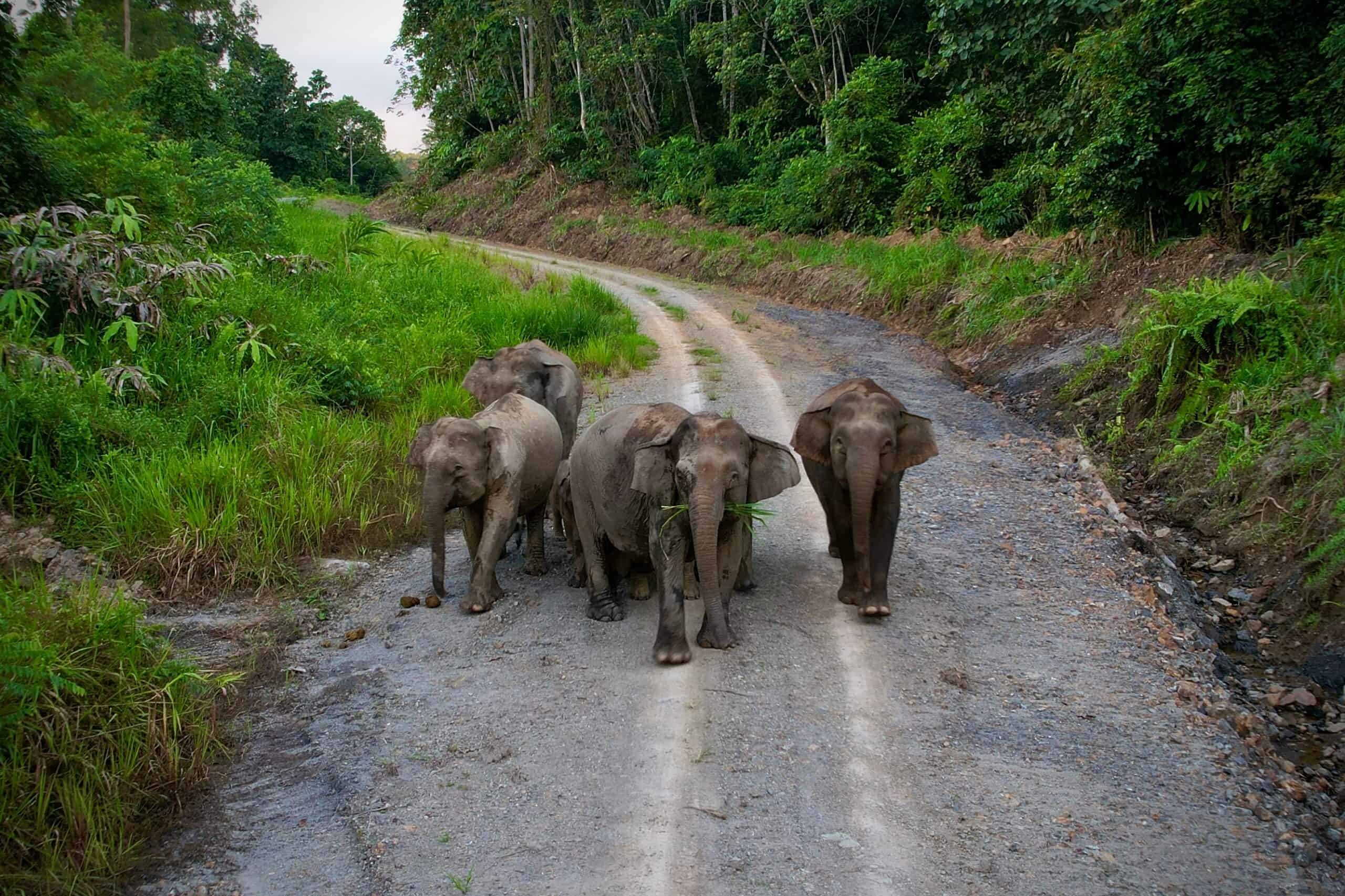
The Borneo Pygmy Elephant is the smallest elephant species, standing at only 8 to 10 feet tall. Found in the rainforests of Borneo, these gentle giants have large ears and long tails. Unlike their African cousins, they have rounded faces and shorter trunks. They are known for their calm and friendly behavior. Sadly, habitat loss threatens their survival, making them increasingly rare.
Saola (Asian Unicorn)
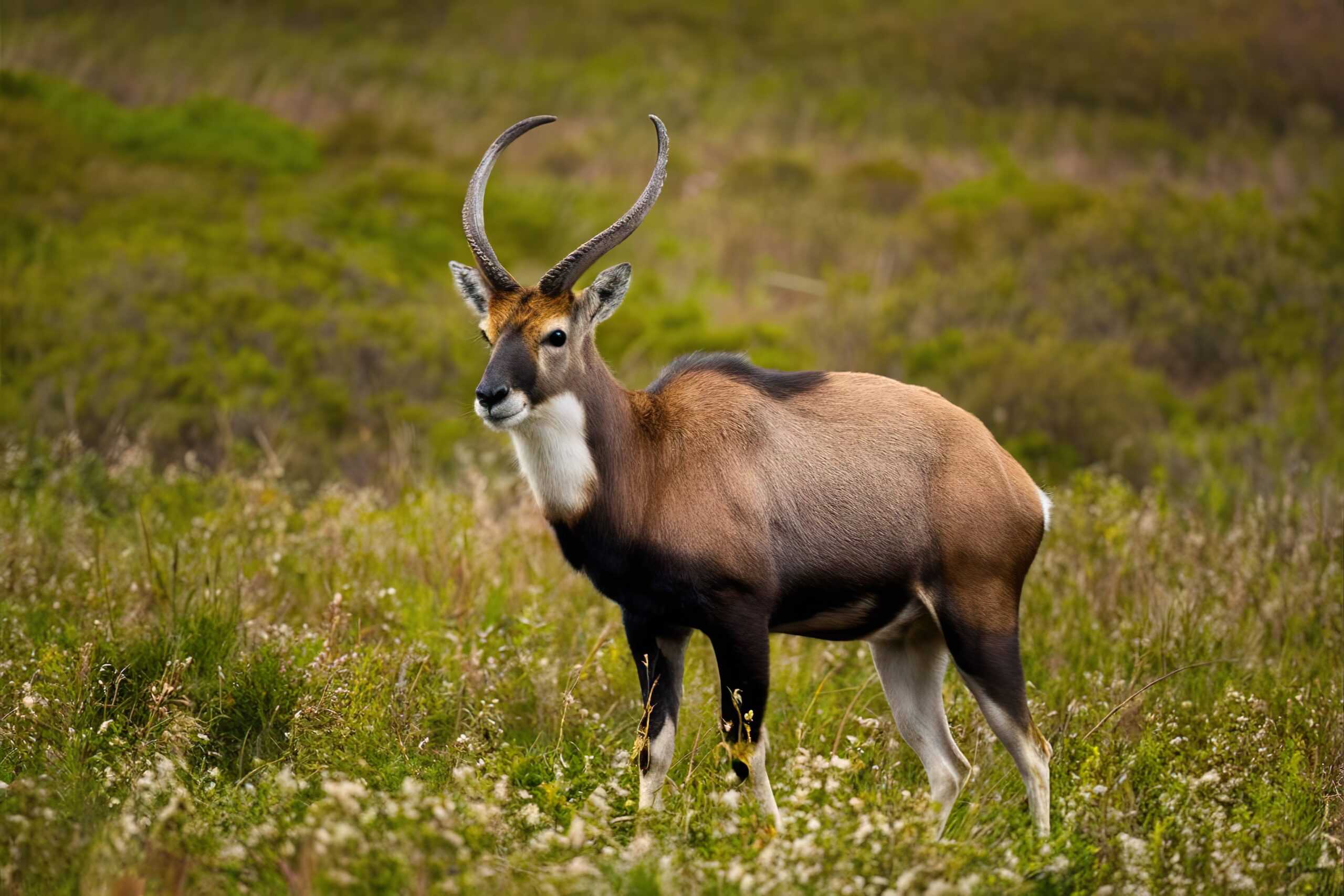
The Saola, often called the Asian Unicorn, is one of the most mysterious mammals in the world. It was first discovered in Vietnam in 1992 and is rarely seen by humans. The Saola has long, straight horns and a sleek brown coat. It lives in the Annamite Mountains, where it remains hidden in dense forest areas. Its population is critically endangered, with conservationists working hard to protect it.
Clouded Leopard
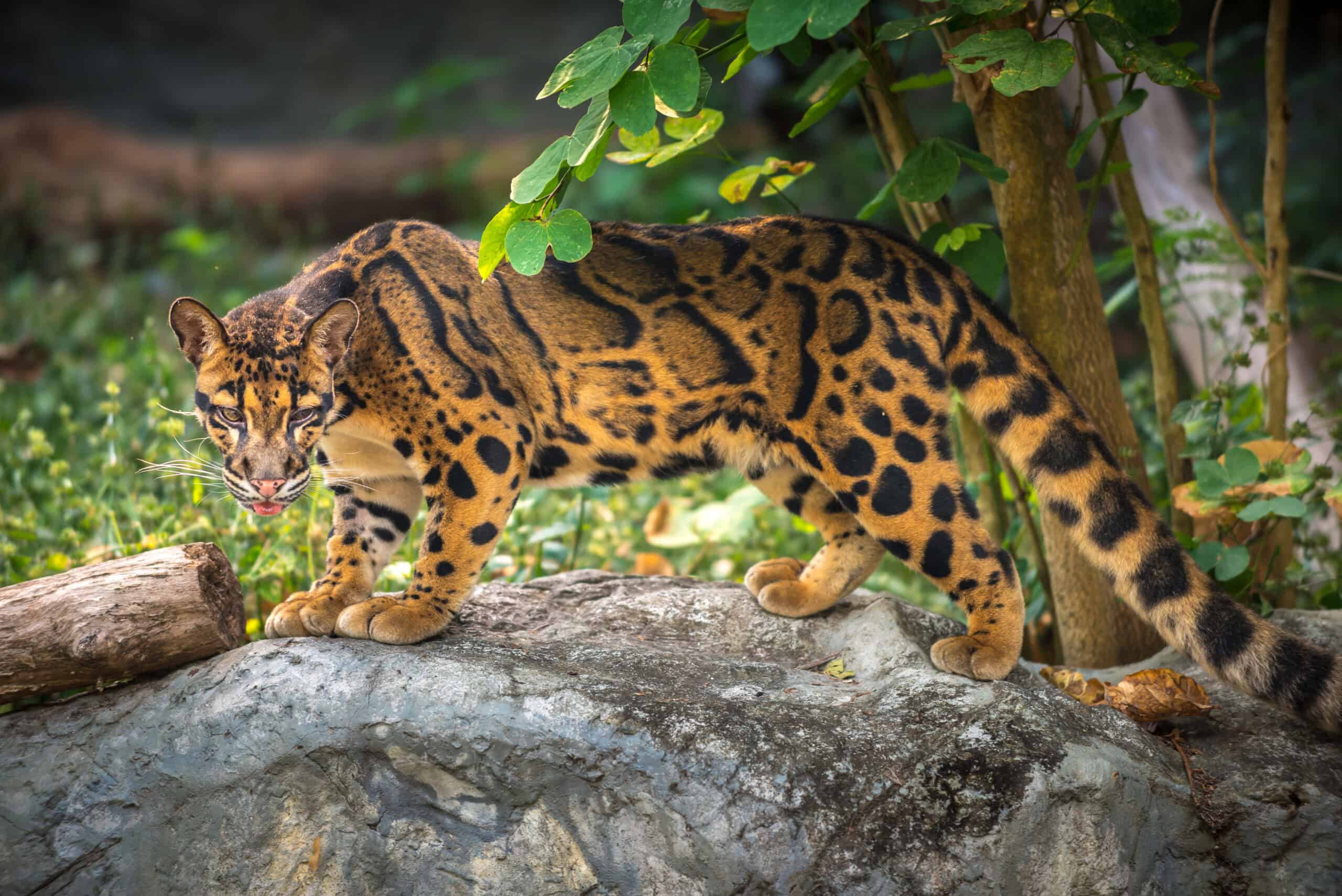
The Clouded Leopard is a medium-sized wild cat known for its striking cloud-like spots. It resides in the jungles of Southeast Asia, where it skillfully climbs trees with its strong, flexible body. The Clouded Leopard’s long tail helps it balance while moving through the canopy. Its diet includes monkeys, birds, and small mammals. Unfortunately, deforestation threatens its natural habitat.
Javan Rhino
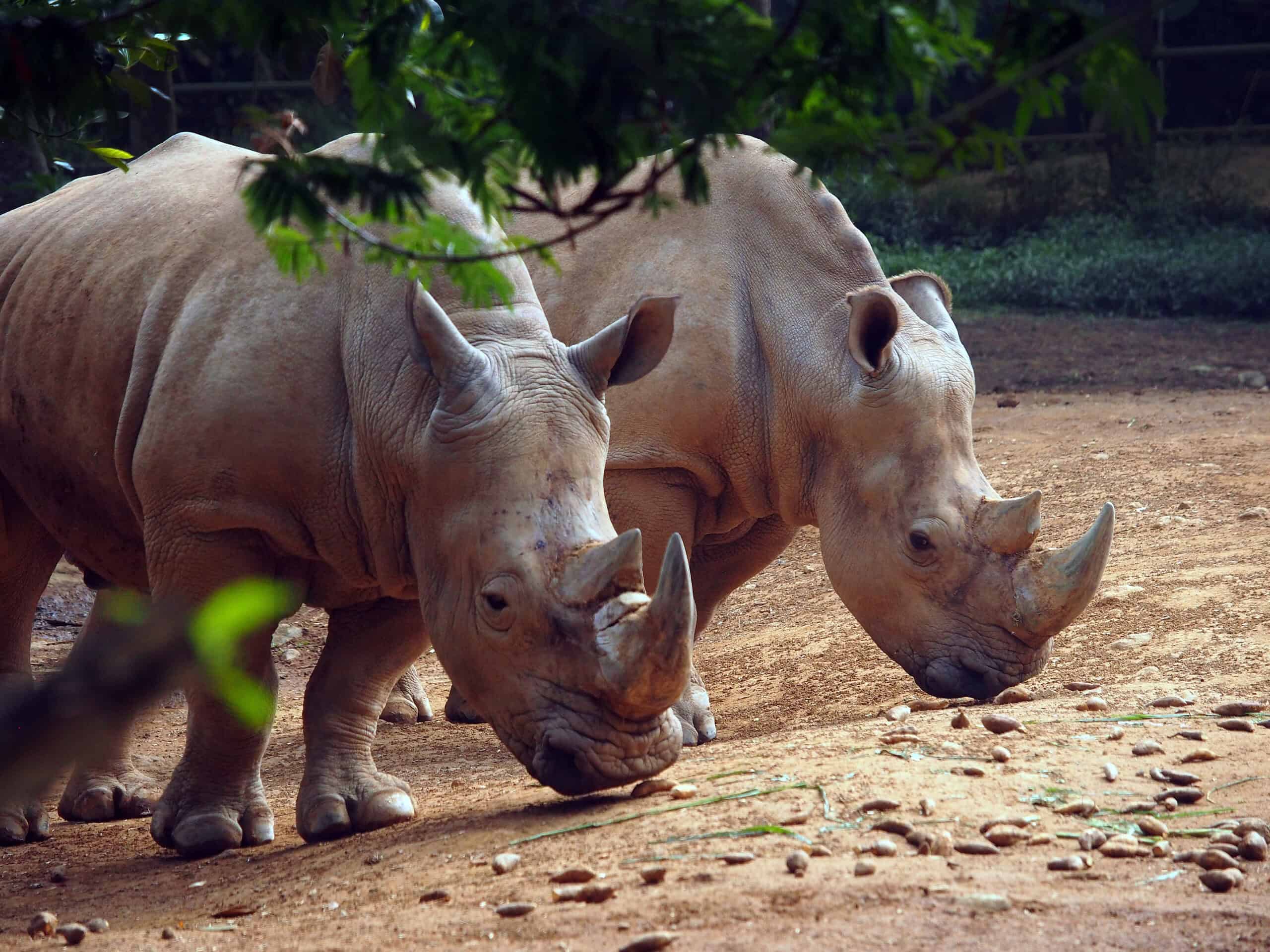
The Javan Rhino is one of the world’s rarest mammals, with fewer than 70 individuals left. This rhino species is found only in the Ujung Kulon National Park in Indonesia. It has a single horn and a tough, armor-like skin. The Javan Rhino prefers thick, tropical forests where it feeds on leaves and fruits. Conservation efforts are crucial to its survival, as it is critically endangered.
Okapi
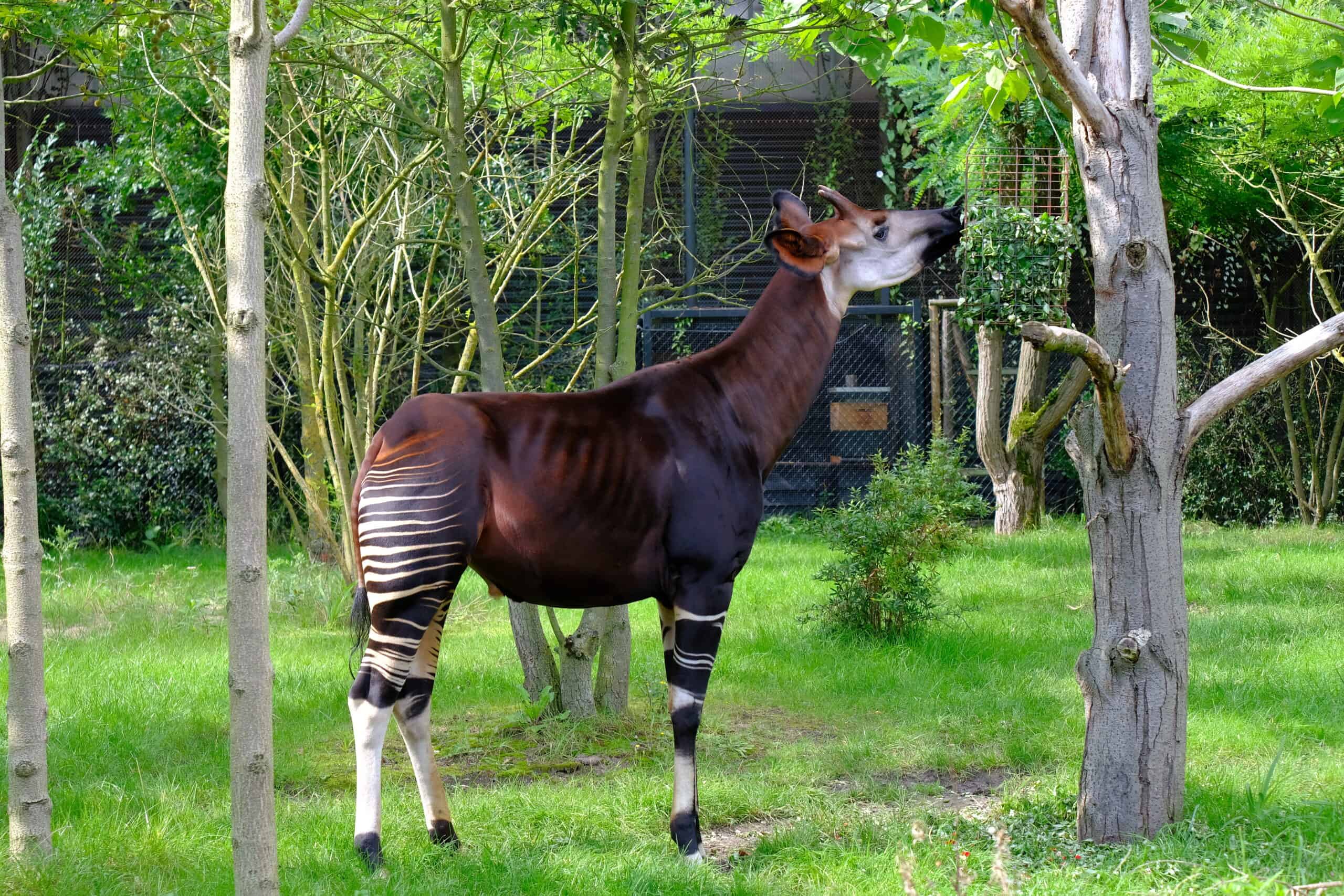
The Okapi, often called the forest giraffe, has a unique appearance with zebra-like stripes on its legs. It is native to the dense rainforests of the Democratic Republic of the Congo. The Okapi’s long neck and large ears help it navigate its environment and detect predators. Despite its giraffe-like features, it is a solitary and elusive creature. Deforestation and poaching pose significant threats to its existence.
Golden Bamboo Lemur
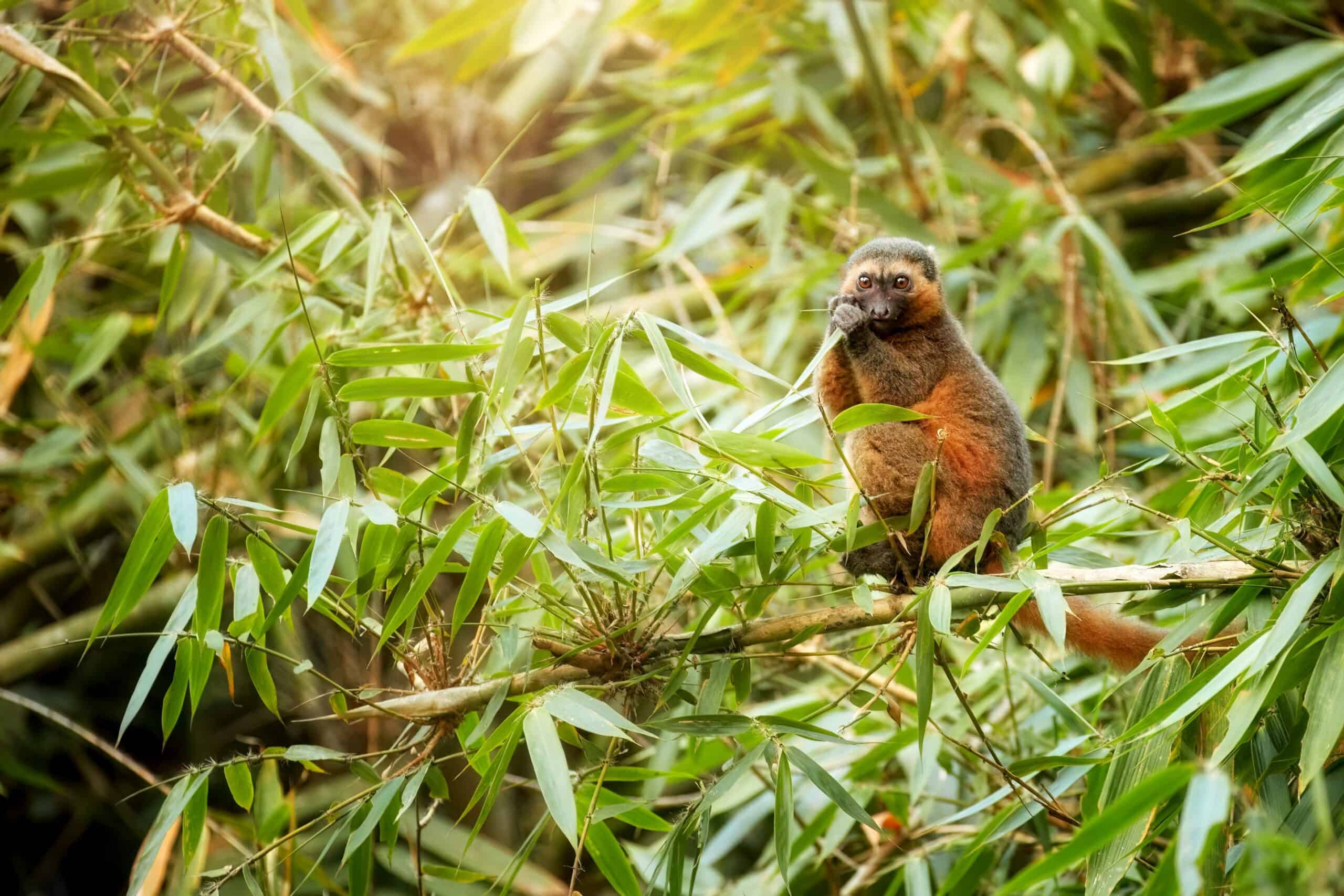
The Golden Bamboo Lemur is a small primate found only in Madagascar’s rainforests. It has a thick, golden-brown coat and large, expressive eyes. This lemur species feeds almost exclusively on bamboo, including species that contain toxic cyanide. Despite this, it has adapted to tolerate the poison in its diet. Habitat destruction and limited food sources make the Golden Bamboo Lemur endangered.
Aye-Aye

The Aye-Aye is a nocturnal lemur with a distinctive appearance, including large eyes, bat-like ears, and a long middle finger. It inhabits the rainforests of Madagascar, where it spends most of its life in trees. The Aye-Aye uses its elongated finger to tap on tree bark and locate insect larvae. Superstitions surrounding the Aye-Aye have led to its persecution, threatening its population.
Sumatran Tiger
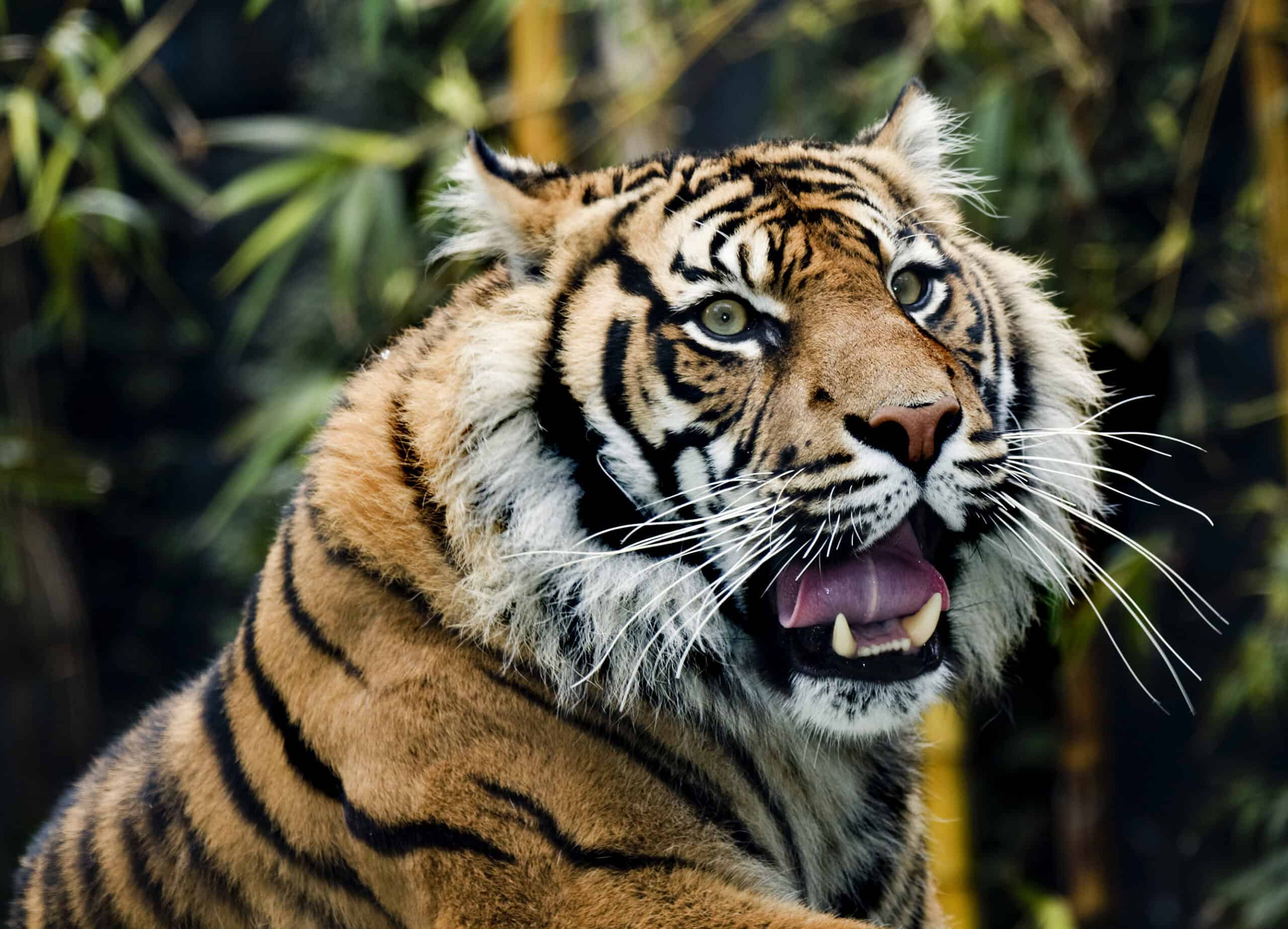
The Sumatran Tiger is the smallest of all tiger subspecies, native to the island of Sumatra. It has a distinctive orange coat with closely spaced black stripes. This tiger is an expert hunter, relying on its stealth and strength to capture prey. The Sumatran Tiger is critically endangered due to poaching and habitat loss. Conservationists are working to protect the few remaining individuals in the wild.
Baird’s Tapir
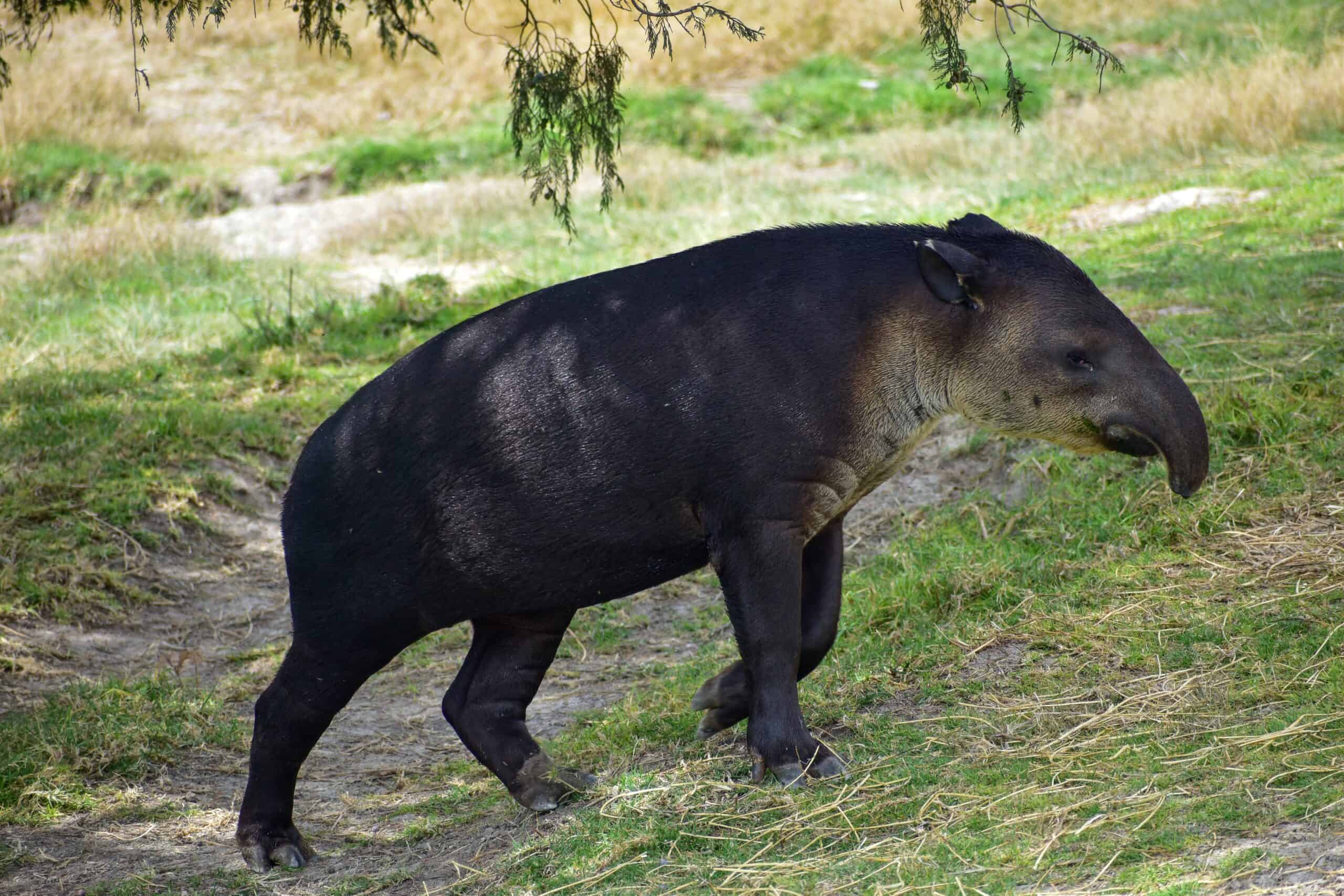
Baird’s Tapir is a large, herbivorous mammal native to the forests of Central America. It has a prehensile snout that helps it grab leaves, fruits, and twigs. This tapir species has a thick, dark brown coat and short, sturdy legs. Baird’s Tapir is an excellent swimmer and often takes refuge in rivers and swamps. Deforestation and hunting have significantly reduced its population, making it a rare sight in the wild.
Mountain Gorilla
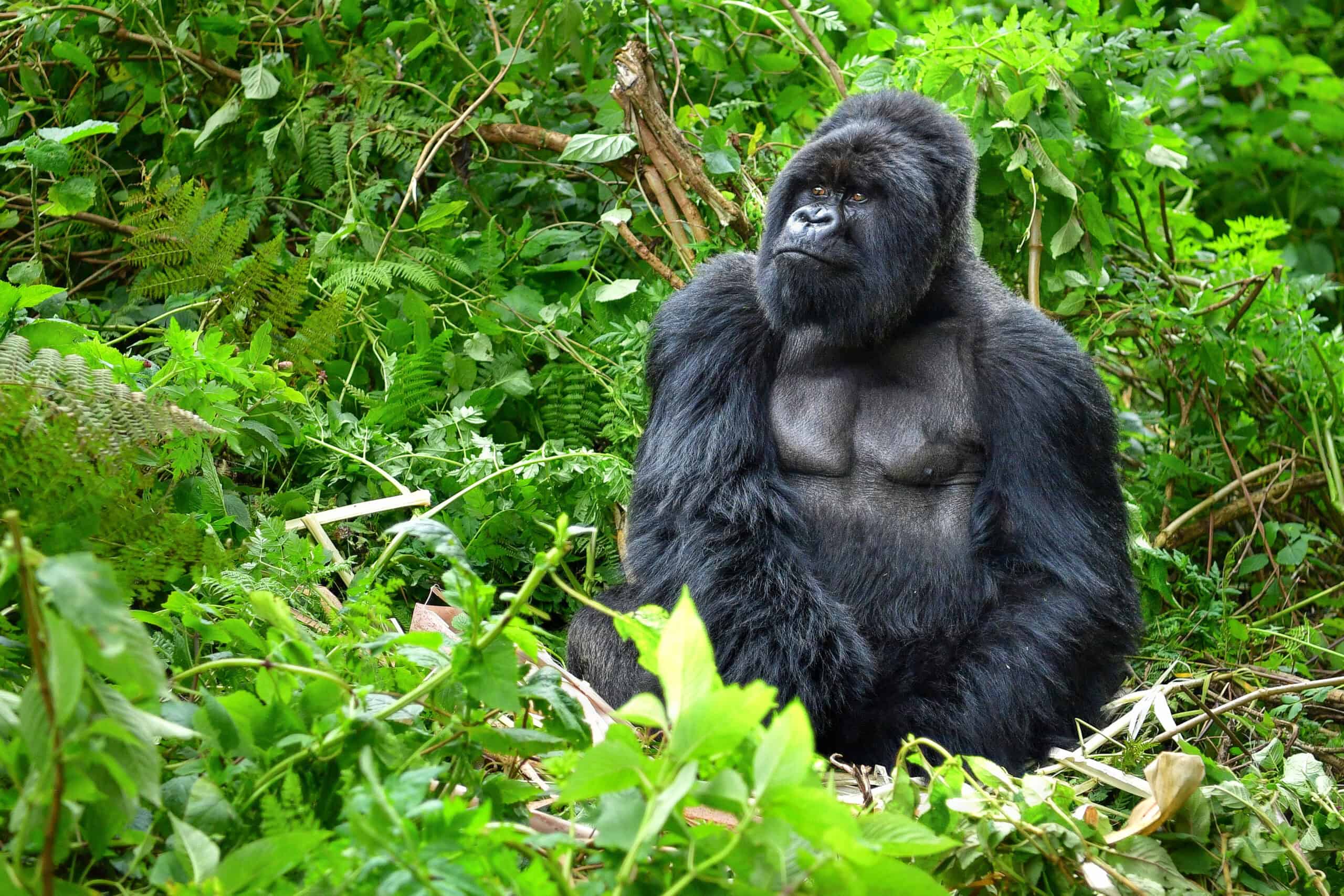
The Mountain Gorilla is a powerful primate found in the dense forests of Central Africa. It has a muscular build, thick black fur, and expressive eyes. These gorillas live in close-knit family groups, led by a dominant silverback male. They primarily eat leaves, shoots, and fruits found in the forest. Sadly, poaching and habitat loss have pushed them to the brink of extinction.
Red-Shanked Douc Langur
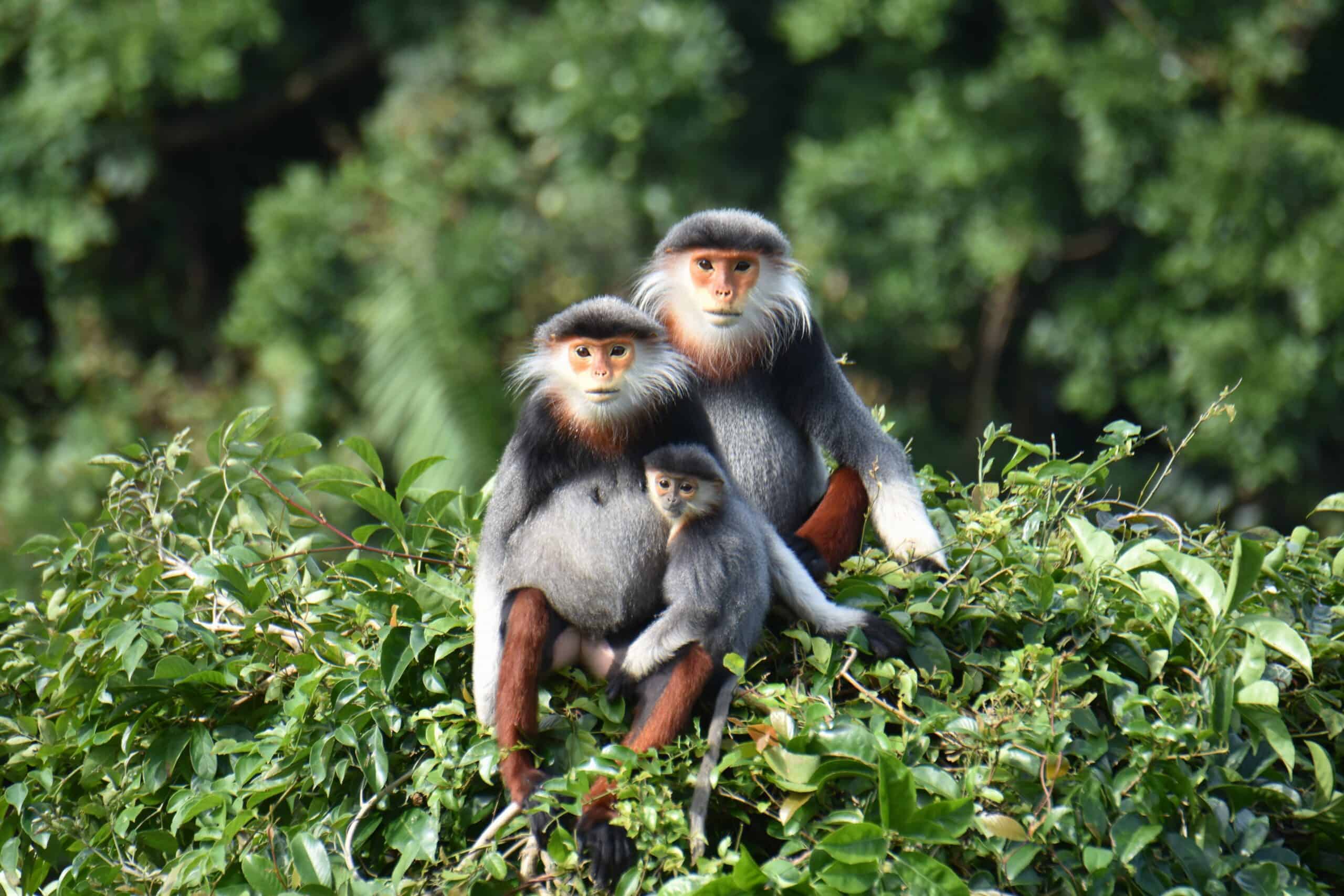
The Red-Shanked Douc Langur is a strikingly colorful primate native to the jungles of Vietnam and Laos. It has vibrant red legs, a golden face, and a long, graceful tail. This arboreal monkey spends most of its time in the treetops, where it feeds on leaves, fruits, and flowers. Known for its gentle nature, the Red-Shanked Douc Langur is endangered due to hunting and deforestation.
Eastern Lowland Gorilla
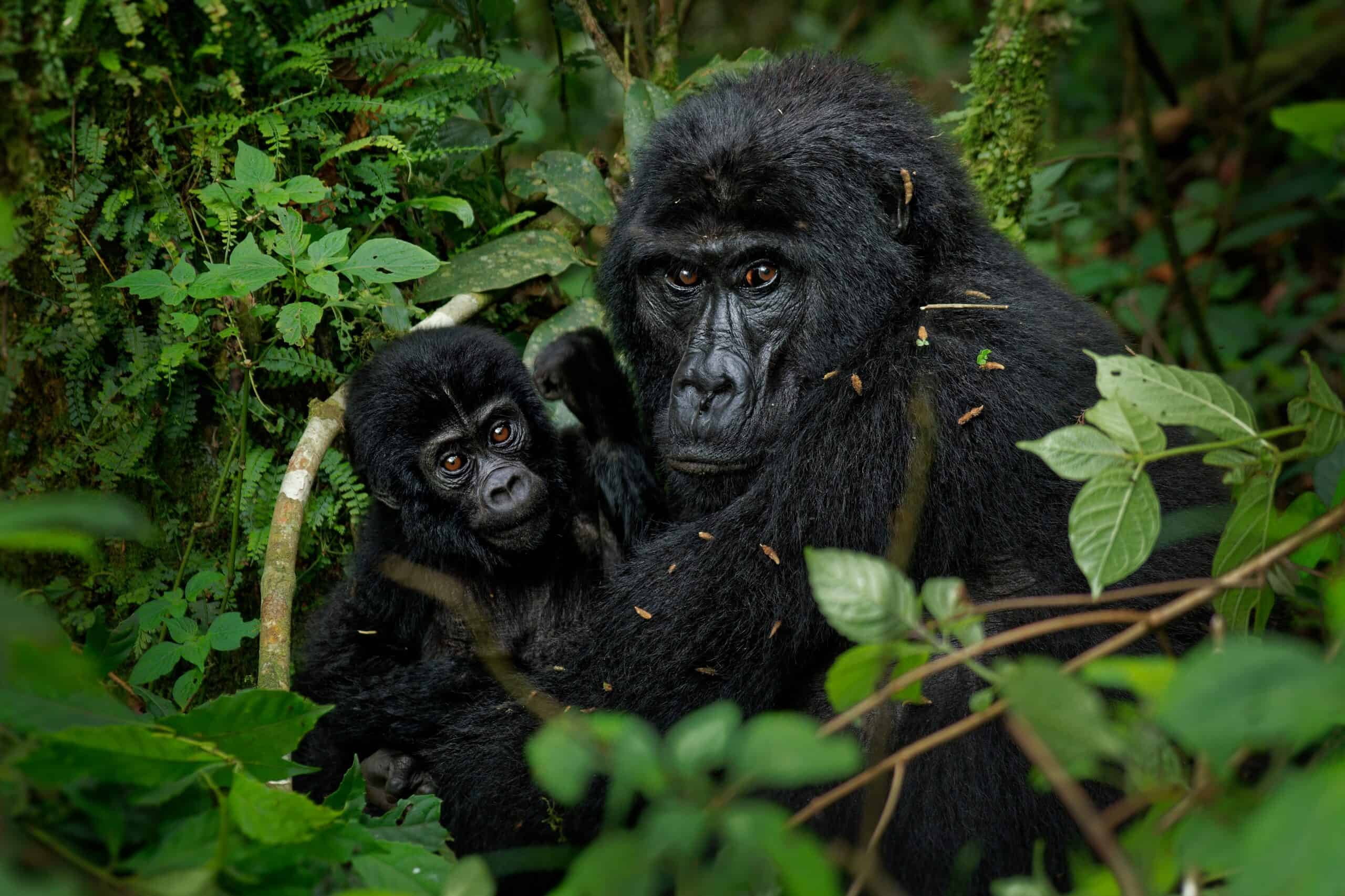
The Eastern Lowland Gorilla, also known as Grauer’s Gorilla, is the largest of the gorilla subspecies. It inhabits the forests of the Democratic Republic of the Congo. These gorillas have a stocky build, with broad chests and long arms. They live in family groups and are known for their strong social bonds. Deforestation and conflict in their region have severely threatened their survival.
Sunda Pangolin
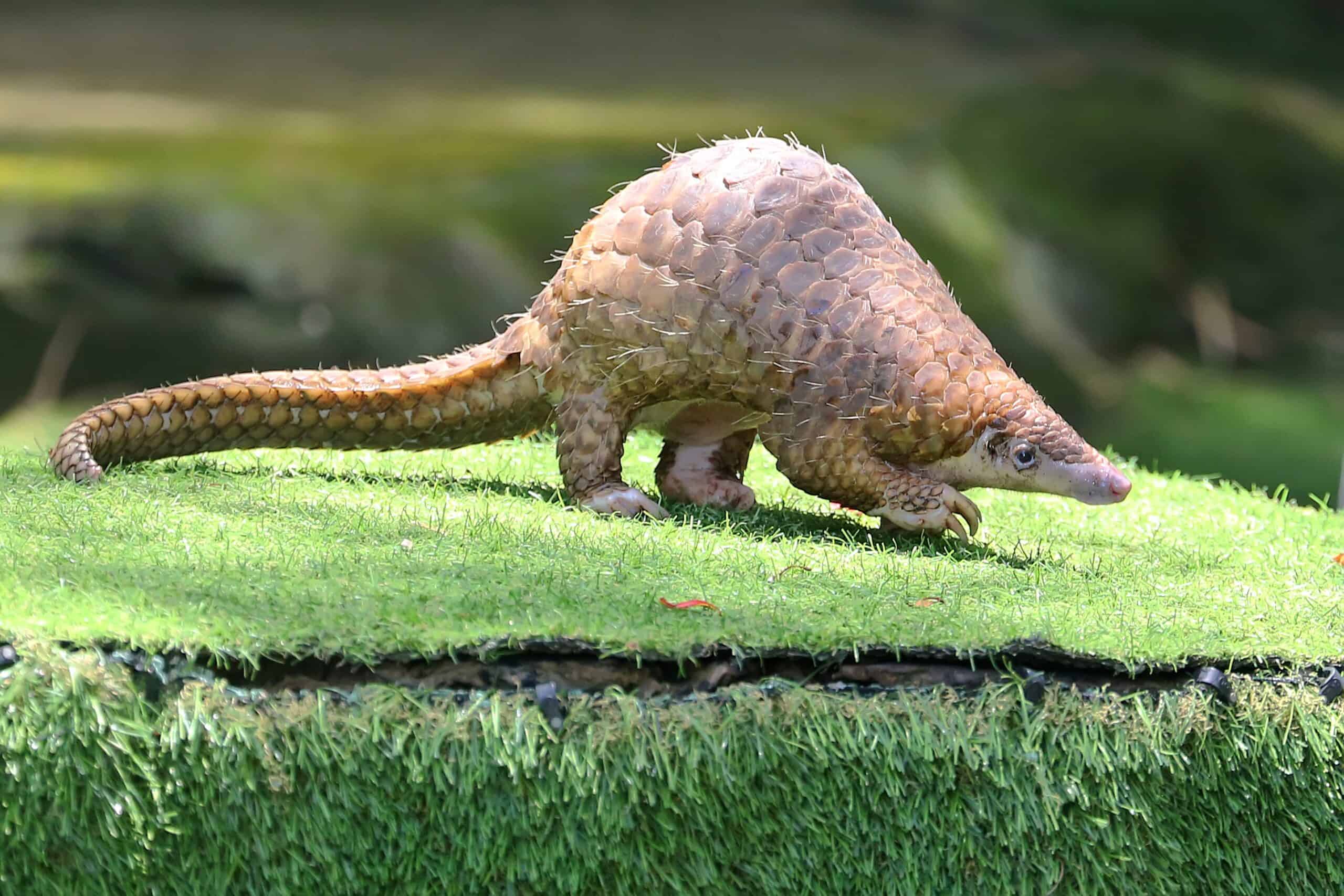
The Sunda Pangolin is a scaly mammal found in the forests of Southeast Asia. It is covered in hard, overlapping scales made of keratin, providing it with armor-like protection. This nocturnal creature feeds primarily on ants and termites, using its long, sticky tongue to capture its prey. When threatened, it curls into a tight ball. Unfortunately, the illegal wildlife trade has made the Sunda Pangolin critically endangered.
Tarsier
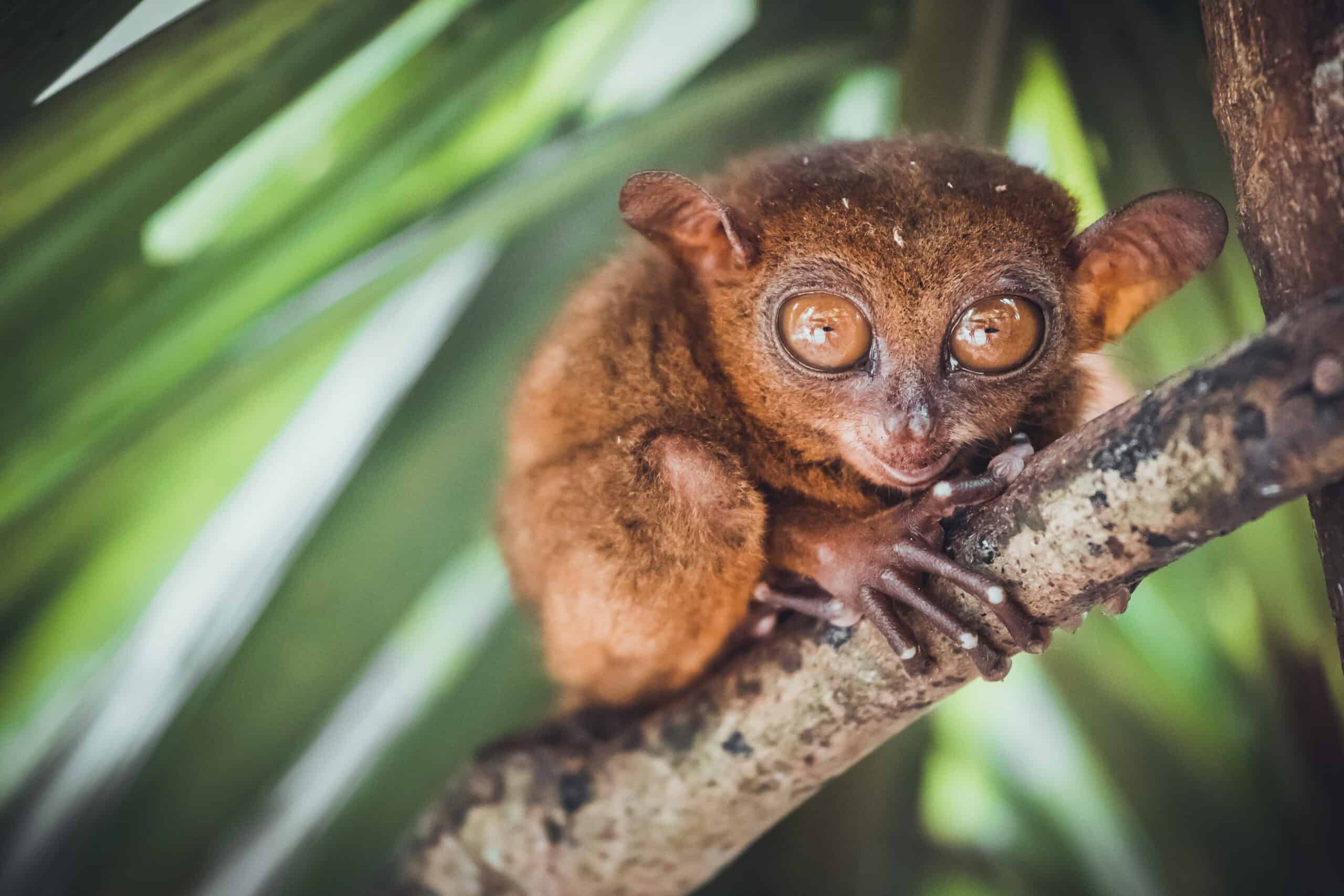
The Tarsier is a small primate with enormous eyes, found in the jungles of Southeast Asia. It is known for its incredible leaping ability, jumping from tree to tree with ease. These nocturnal creatures have sharp claws and long fingers, helping them grasp branches tightly. Tarsiers feed mainly on insects, using their keen eyesight to hunt in the dark. Habitat destruction has put them at risk, with many species facing declining populations.
Bengal Slow Loris
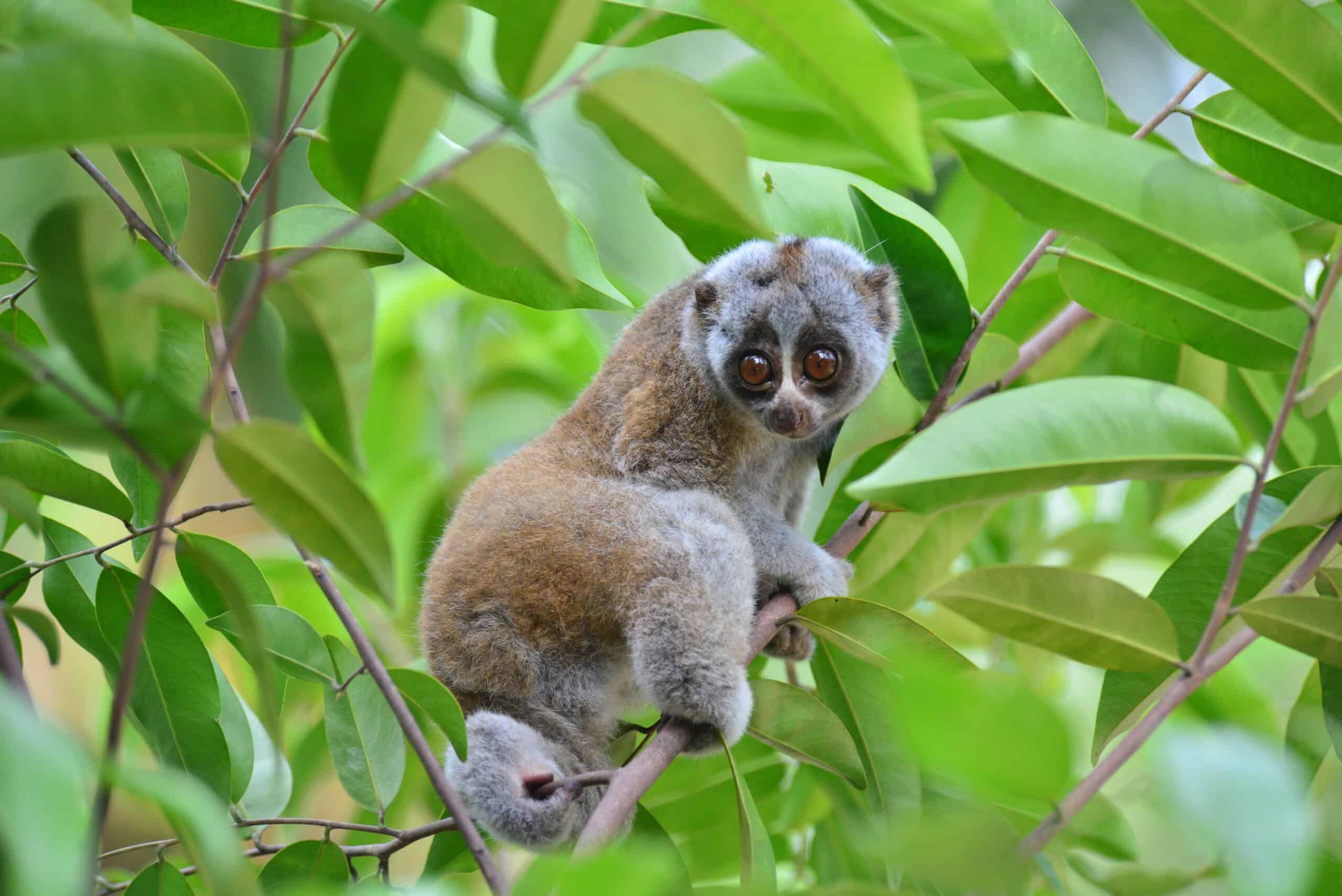
The Bengal Slow Loris is a nocturnal primate found in the forests of South and Southeast Asia. It has large, round eyes and a slow, deliberate way of moving through the trees. This loris has a unique defense mechanism, producing a toxic substance from glands on its elbows, which it can use to deter predators. Its diet consists of fruits, insects, and small animals. Deforestation and the illegal pet trade have greatly threatened its existence.
Spectacled Bear

The Spectacled Bear is the only bear species native to South America, found in the cloud forests of the Andes. It gets its name from the distinctive white or yellow markings around its eyes, which resemble glasses. This bear is primarily herbivorous, feeding on fruits, plants, and occasionally small animals. Spectacled Bears are excellent climbers, often seen scaling trees in search of food. They are classified as vulnerable due to habitat loss and hunting.
Tree Kangaroo
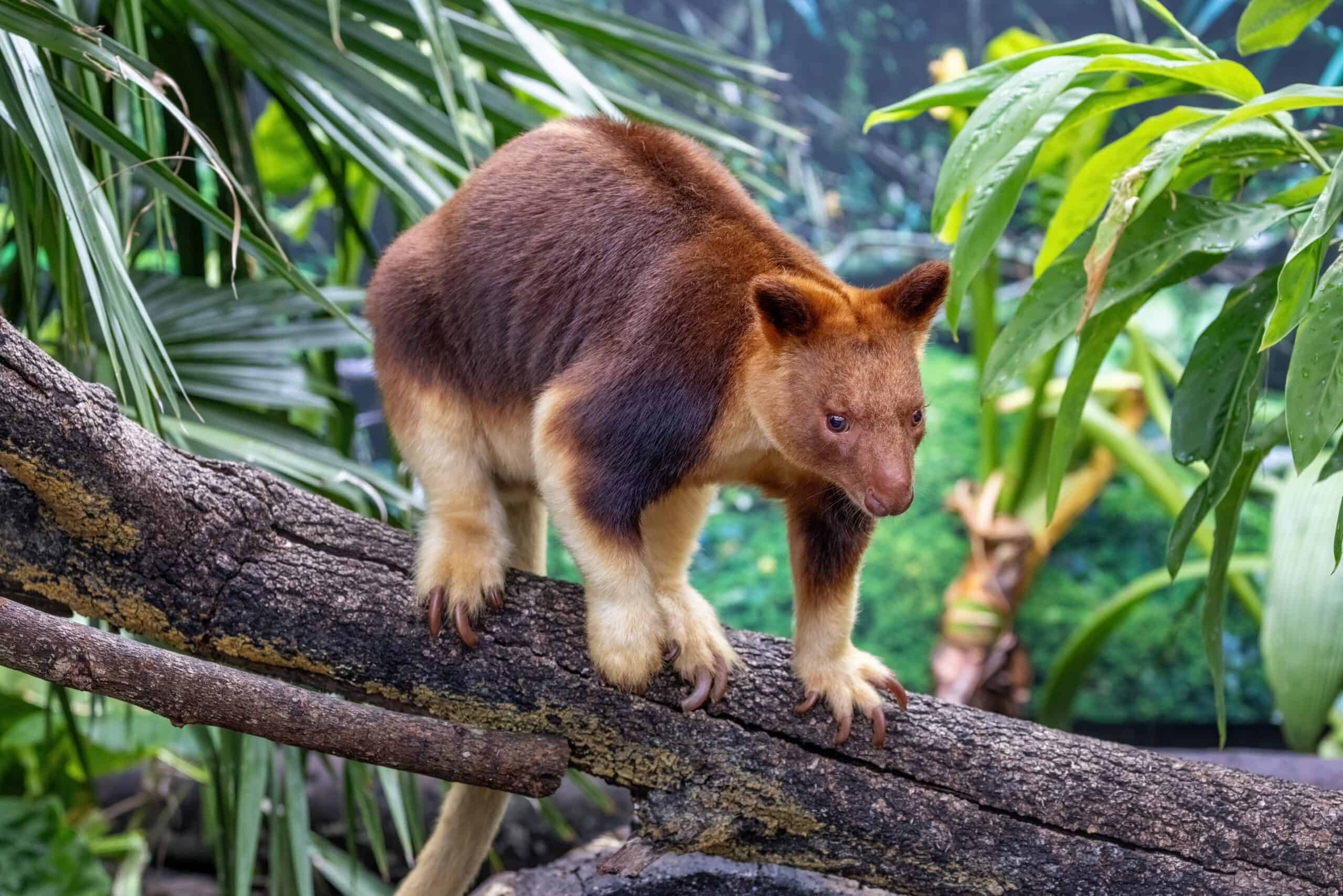
Tree Kangaroos are marsupials that have adapted to life in the treetops of New Guinea and northern Australia. Unlike their ground-dwelling relatives, they have strong forelimbs and long tails to help them balance as they climb. Tree Kangaroos have soft fur, usually brown or gray, with lighter undersides. They feed on leaves, fruits, and flowers found high in the canopy. Deforestation poses a significant threat to their survival, with several species now endangered.
Bonobo
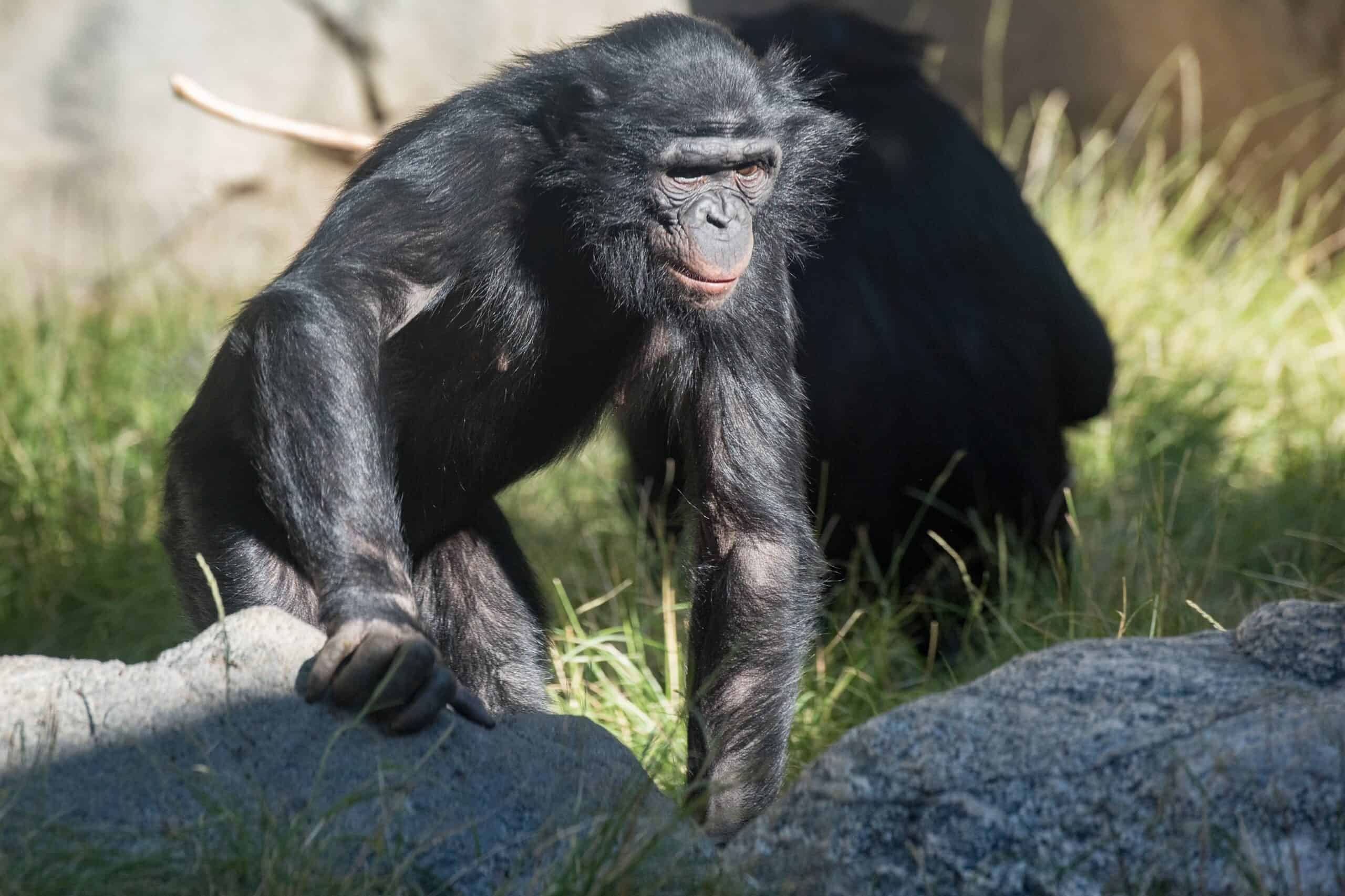
The Bonobo is one of our closest relatives, sharing over 98% of its DNA with humans. Found only in the forests of the Democratic Republic of the Congo, Bonobos are known for their peaceful and cooperative social structure. They have slender bodies, dark fur, and expressive faces. Bonobos live in matriarchal groups and use complex communication and social bonding behaviors. Habitat destruction and hunting have caused their populations to decline sharply.
Amazon River Dolphin

The Amazon River Dolphin, also known as the Pink River Dolphin, is a freshwater mammal native to the Amazon Basin. It has a distinctive pink hue, which becomes more pronounced with age. These dolphins are highly intelligent, using echolocation to navigate the murky waters of the Amazon River. They feed on fish, crustaceans, and small turtles. Unfortunately, pollution and habitat destruction are major threats to their populations.
Margay
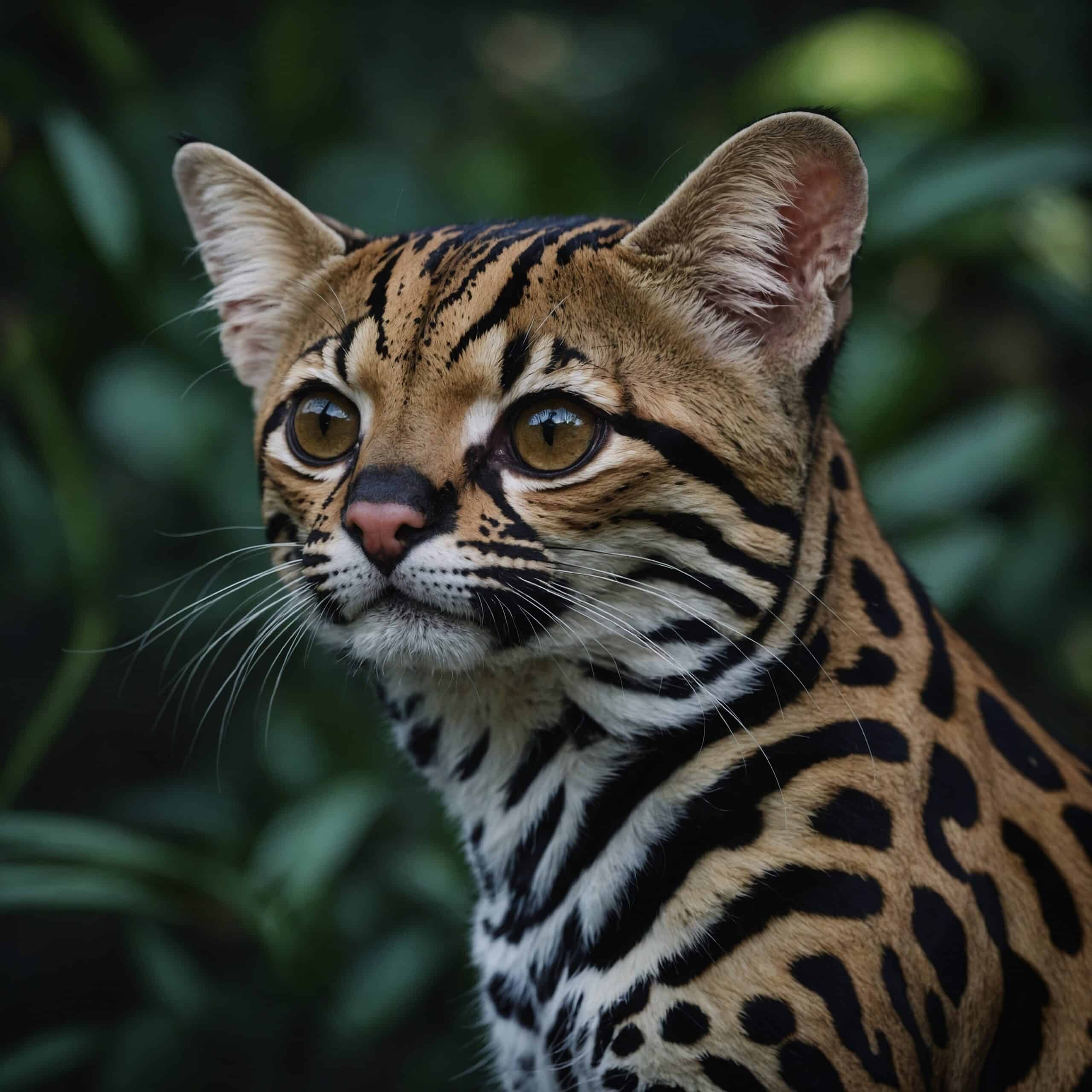
The Margay is a small, nocturnal wildcat found in the rainforests of Central and South America. It has a sleek body, large eyes, and a spotted coat that helps it blend into the forest understory. The Margay is an expert climber, capable of rotating its ankles 180 degrees to descend trees headfirst. It hunts small mammals, birds, and reptiles in the dense foliage. Deforestation and the illegal pet trade have put this agile predator at risk.
Yellow-Tailed Woolly Monkey
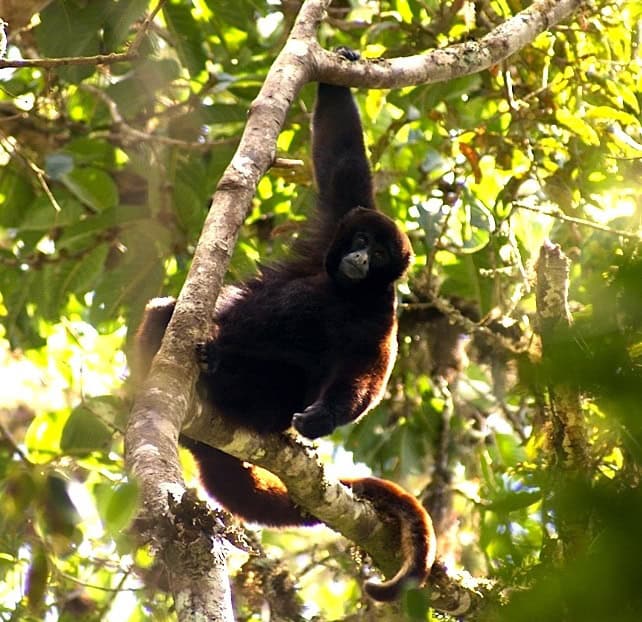
The Yellow-Tailed Woolly Monkey is a rare primate found only in the cloud forests of Peru. It has thick, dark fur with a distinctive yellow stripe along its tail. These monkeys live in small groups, feeding on fruits, leaves, and flowers high in the trees. They are known for their loud, piercing calls that echo through the forest. Habitat loss and hunting have made the Yellow-Tailed Woolly Monkey critically endangered, with conservation efforts underway to protect this unique species.
This article originally appeared on Rarest.org.
More from Rarest.org
1973 Roosevelt Dime Value Guide

The 1973 dime is a 10-cent coin issued by the US government through its mint centers in 1973. The coin is made of base metals and is over 50 years old. Read More.
1970 Lincoln Penny Value Guide

One of the greatest appeals of coins and coin collecting is the fact that coins can represent a snapshot of the historical events that happened in the year the coin was minted. Read More.
20 Most Endangered Mammals in the Wild
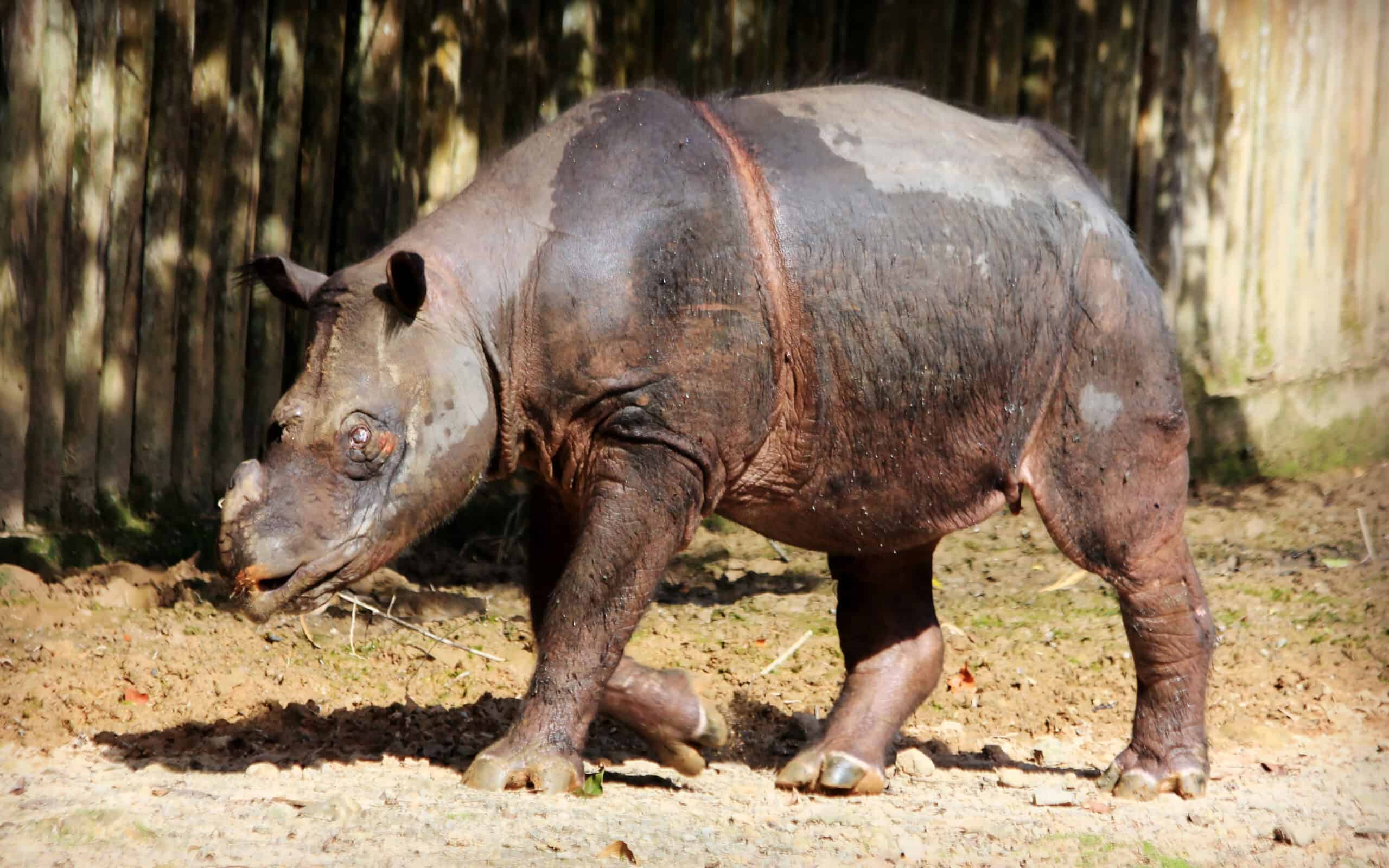
The natural world is home to countless remarkable mammals, many of which are facing the threat of extinction. Read More.
